I Moved Here and Found a Deep Connection to Tasmania’s Wild Seas—Now I’m Fighting to Protect Them
Because what we have here is vanishing.
Moving to a coastal community on the Tasman Peninsula, I soon learned that Tasmania’s oceans are in trouble. Warming waters, fishing pressure, and industrial activities like fish farming are taking a toll that is both visible and measurable. The Giant kelp forests that once stretched along the east coast have collapsed by more than 95%. Species are shifting, declining, or disappearing altogether. Marine life that locals once took for granted is now rare or under threat.
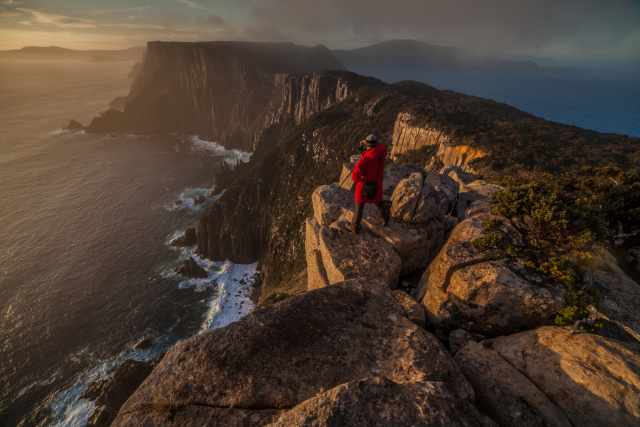
I’ve seen degraded seas elsewhere. My childhood summer days visiting the pebbly beaches on the English Channel involved watching my toes disappear into the murky brownness. The English Channel is one of the most heavily polluted stretches of water in the world, with Bottlenose dolphins living there found to have some of the highest recorded levels of toxic chemicals and mercury in their bodies. (1)
But here in Tasmania, there’s still time. There is a relatively high level of pristineness in our coastal waters, but this is slipping away.
That’s why I’ve dedicated myself to advocacy for the protection of our precious marine environment. As an island people, the ocean is deeply ingrained in the psyche of Tasmanians, and so it hasn’t been hard to find ways to connect with the broader community over a deep love for the ocean. Surfers tell me they find peace and spirituality in the ocean. Fishers tell me they find connection to nature and huge mental health benefits from being out on the water. Cold water swimmers tell me it isn’t just about the cold water health benefits but about connection to place and deepening a sense of stewardship. I could go on. But the bottom line is Tasmanians love the ocean.
Only 1% of Tasmania’s coastal waters are highly protected in marine reserves, and over 97% have no protection at all. In the face of a global and national movement to dramatically increase marine reserve networks, Tasmania is falling way behind.
I have been heartened by observing and being part of a growing movement in Tasmania to see precious coastal waters afforded a greater level of protection that they have currently.
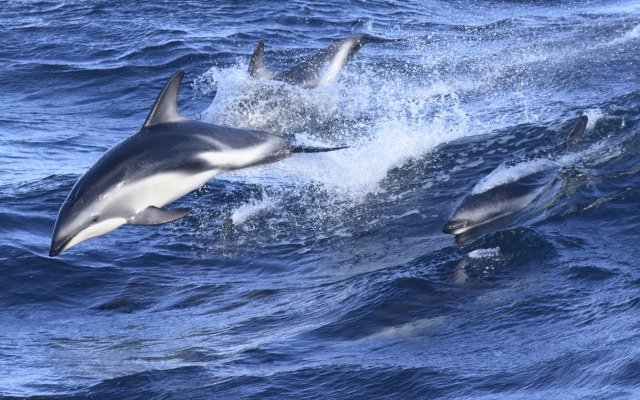
Recently the Australian federal government recommitted to it’s pledge of highly protecting over 30% of Australia’s waters by 2030. They also strengthened the South East Marine Park Network, the large offshore marine parks surrounding Tasmania, by doubling the sanctuary areas inside the parks, which offer the highest possible level of protection. Harmful industrial activities like oil and gas drilling, seismic blasting and fish farming was also banned inside of these parks. Joe’s Reef, a stunning collection of ancient tree-forming black corals 10km off Tasmania’s east coast, was fully protected which a huge win for conservation.
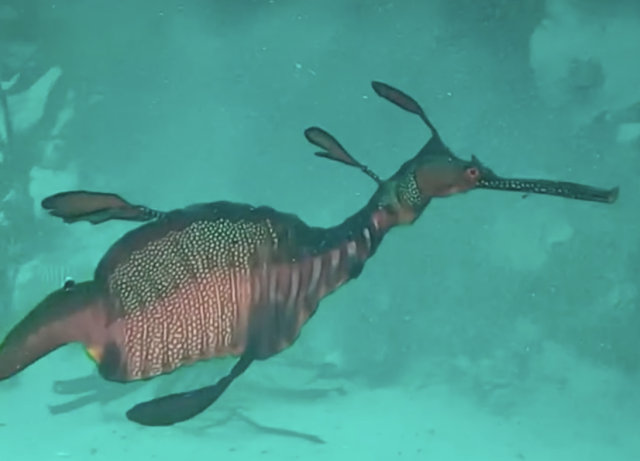
On top of that Macquarie Island Marine Park was tripled in size, and sub-Antarctic Heard and McDonald Islands (an Australian territory which happens to be a volcano topped by a glacier) Marine Park was quadrupled. So progress is being made nationally and momentum is building! Marine reserves work. Globally, the science is clear: when we give nature space, it bounces back. Two NSW studies showed that inside 18 of their marine reserves, there were a greater abundance of fish and larger fish, and that this improved over time (2). Studies inside Queensland’s Moreton Bay Marine Park showed that snapper numbers were 10 times greater inside the sanctuary zone than in fished zones, and other species such as spangled emperor, maori rockcod and goldspot wrasse were also found in greater numbers inside the sanctuary.(2)
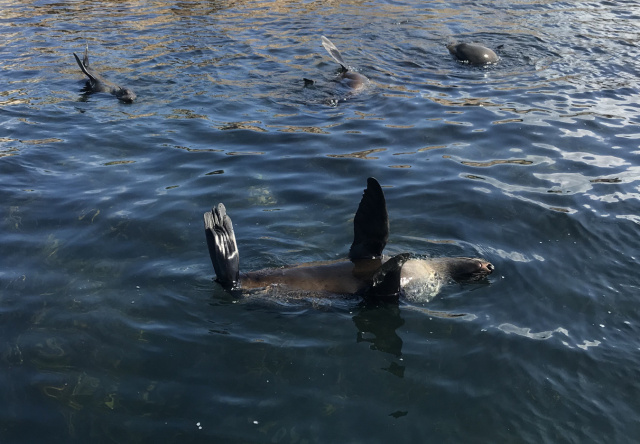
And not only are marine parks beneficial for marine life, but they’re also fantastic for the community, for fishing and the economy. Ningaloo Reef Marine Reserve attracts 180,000 tourists per year and has brought in over $140 million to the local economy. 2 An analysis of the Moreton Bay Marine Park in Queensland has shown that the increasing of the size of the sanctuary inside the park may have brought in an extra $1.3 million to $2.5 million in economic benefits to the bay’s recreational fishing sector.
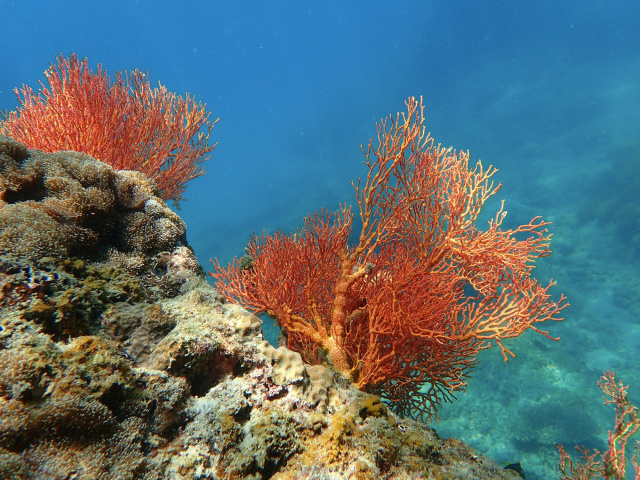
Tasmania has the lowest level of marine protection of it’s state waters in the country. This is our time to change that, and the potential benefits for the health of our coastal waters, for the community and for the economy are limitless!
As someone who came here by choice, who saw Tasmania with fresh eyes, I can say this without hesitation: the marine life here is world-class. Unique. Irreplaceable. But it’s not invincible. In the face of invasive species like the long-spined sea urchin and deadly algal blooms, marine reserves offer the best possible chance of resilience.
Let’s protect what we love, before it becomes just another story of “what used to be.”
(1) https://www.bbc.com/news/science-environment-49675283
(2) Managing our Big Blue Backyard, The Role of marine parks in Australia; Save Our Marine Life
Alliance.

Rebecca Howarth
Because what we have here is vanishing.
Moving to a coastal community on the Tasman Peninsula, I soon learned that Tasmania’s oceans are in trouble. Warming waters, fishing pressure, and industrial activities like fish farming are taking a toll that is both visible and measurable. The Giant kelp forests that once stretched along the east coast have collapsed by more than 95%. Species are shifting, declining, or disappearing altogether. Marine life that locals once took for granted is now rare or under threat.

I’ve seen degraded seas elsewhere. My childhood summer days visiting the pebbly beaches on the English Channel involved watching my toes disappear into the murky brownness. The English Channel is one of the most heavily polluted stretches of water in the world, with Bottlenose dolphins living there found to have some of the highest recorded levels of toxic chemicals and mercury in their bodies. (1)
But here in Tasmania, there’s still time. There is a relatively high level of pristineness in our coastal waters, but this is slipping away.
That’s why I’ve dedicated myself to advocacy for the protection of our precious marine environment. As an island people, the ocean is deeply ingrained in the psyche of Tasmanians, and so it hasn’t been hard to find ways to connect with the broader community over a deep love for the ocean. Surfers tell me they find peace and spirituality in the ocean. Fishers tell me they find connection to nature and huge mental health benefits from being out on the water. Cold water swimmers tell me it isn’t just about the cold water health benefits but about connection to place and deepening a sense of stewardship. I could go on. But the bottom line is Tasmanians love the ocean.
Only 1% of Tasmania’s coastal waters are highly protected in marine reserves, and over 97% have no protection at all. In the face of a global and national movement to dramatically increase marine reserve networks, Tasmania is falling way behind.
I have been heartened by observing and being part of a growing movement in Tasmania to see precious coastal waters afforded a greater level of protection that they have currently.

Recently the Australian federal government recommitted to it’s pledge of highly protecting over 30% of Australia’s waters by 2030. They also strengthened the South East Marine Park Network, the large offshore marine parks surrounding Tasmania, by doubling the sanctuary areas inside the parks, which offer the highest possible level of protection. Harmful industrial activities like oil and gas drilling, seismic blasting and fish farming was also banned inside of these parks. Joe’s Reef, a stunning collection of ancient tree-forming black corals 10km off Tasmania’s east coast, was fully protected which a huge win for conservation.

On top of that Macquarie Island Marine Park was tripled in size, and sub-Antarctic Heard and McDonald Islands (an Australian territory which happens to be a volcano topped by a glacier) Marine Park was quadrupled. So progress is being made nationally and momentum is building! Marine reserves work. Globally, the science is clear: when we give nature space, it bounces back. Two NSW studies showed that inside 18 of their marine reserves, there were a greater abundance of fish and larger fish, and that this improved over time (2). Studies inside Queensland’s Moreton Bay Marine Park showed that snapper numbers were 10 times greater inside the sanctuary zone than in fished zones, and other species such as spangled emperor, maori rockcod and goldspot wrasse were also found in greater numbers inside the sanctuary.(2)

And not only are marine parks beneficial for marine life, but they’re also fantastic for the community, for fishing and the economy. Ningaloo Reef Marine Reserve attracts 180,000 tourists per year and has brought in over $140 million to the local economy. 2 An analysis of the Moreton Bay Marine Park in Queensland has shown that the increasing of the size of the sanctuary inside the park may have brought in an extra $1.3 million to $2.5 million in economic benefits to the bay’s recreational fishing sector.

Tasmania has the lowest level of marine protection of it’s state waters in the country. This is our time to change that, and the potential benefits for the health of our coastal waters, for the community and for the economy are limitless!
As someone who came here by choice, who saw Tasmania with fresh eyes, I can say this without hesitation: the marine life here is world-class. Unique. Irreplaceable. But it’s not invincible. In the face of invasive species like the long-spined sea urchin and deadly algal blooms, marine reserves offer the best possible chance of resilience.
Let’s protect what we love, before it becomes just another story of “what used to be.”
(1) https://www.bbc.com/news/science-environment-49675283
(2) Managing our Big Blue Backyard, The Role of marine parks in Australia; Save Our Marine Life
Alliance.
You might like...
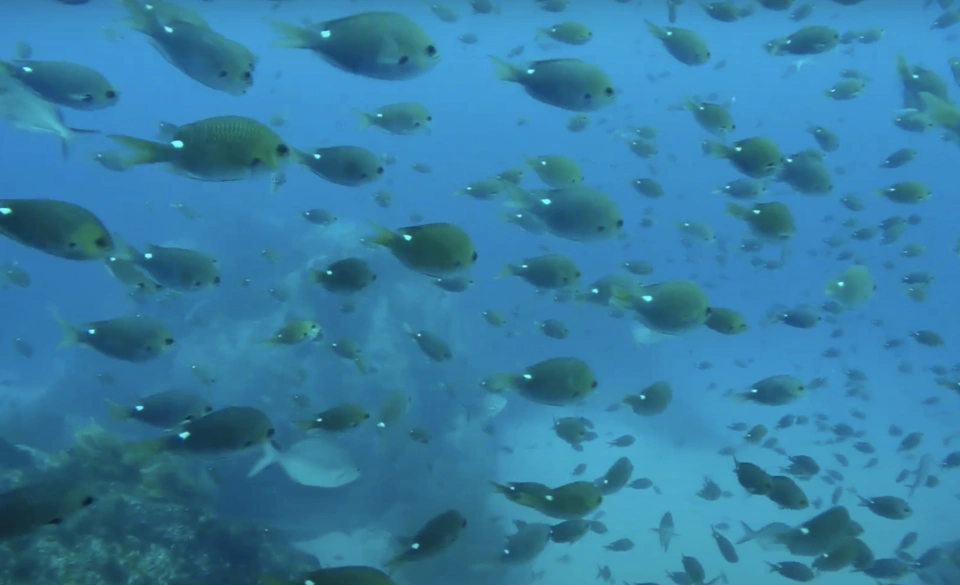
Sydney Harbour’s extraordinary marine biodiversity

Marine and coastal life at Coal Point

Nowhere Else on Earth

Ecology of the Neck
Newsletter
Sign up to keep in touch with articles, updates, events or news from Kuno, your platform for nature
